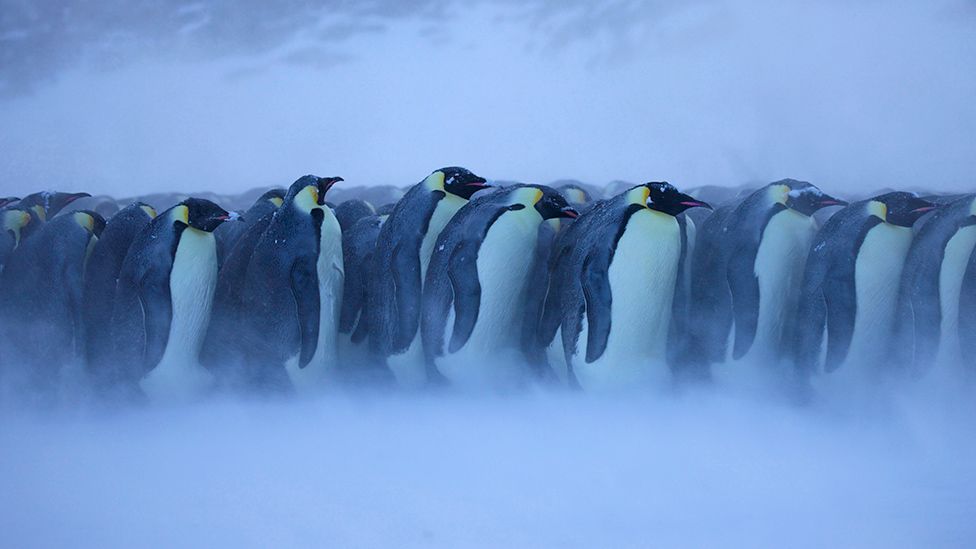-

-
-
Loading

Loading

Scientists have recently discovered four new emperor penguin colonies in Antarctica using satellite imagery. This brings the total number of known nesting sites to 66. The identification of these colonies is crucial for conservationists who are monitoring the species, especially considering the increasing impact of climate change on the penguins. Emperor penguins rely on sea-ice connected to the coast, known as fast ice, to court, mate, lay and hatch eggs, and raise their young. However, the availability of fast ice has been declining in certain areas of Antarctica, posing a threat to the long-term survival of the species. Emperor penguins are the largest species of penguins, standing at over 1m tall. They live in extreme conditions and gather together during the Antarctic winter to breed in distinct groupings. These colonies are typically separated by approximately 250km (150 miles). By utilizing satellites, scientists have been able to locate undiscovered colonies in the gaps between known sites. With the identification of these four new colonies, the total estimated population of emperor penguins is around 550,000 individuals. Dr. Peter Fretwell from the British Antarctic Survey highlights the importance of the new discoveries, acknowledging the need for adaptability among the penguins as their icy habitats continue to change. The shifting positions of the Lazarev North and Gipps colonies, as well as the permanent history of Verleger Point and Vanhoeffen, demonstrate the birds' ability to adapt to new sites. Satellite imagery has been essential for locating emperor penguin colonies due to the vastness and remoteness of Antarctica. The colonies are identified by the staining of guano (penguin excrement) on the white ice, which can even be visible from space if the birds are gathered in large numbers. Dr. Fretwell has utilized the Sentinel-2 spacecraft to identify around half of the known colonies. He has also tracked the movements of emperor penguins using satellite tags, providing valuable insights into their foraging behavior and distances traveled. Overall, the discovery of these new emperor penguin colonies provides hope for the species' resilience in the face of changing ice conditions. However, it also highlights the need for ongoing monitoring and adaptability to ensure their long-term survival. The findings have been published in the journal Antarctic Science.